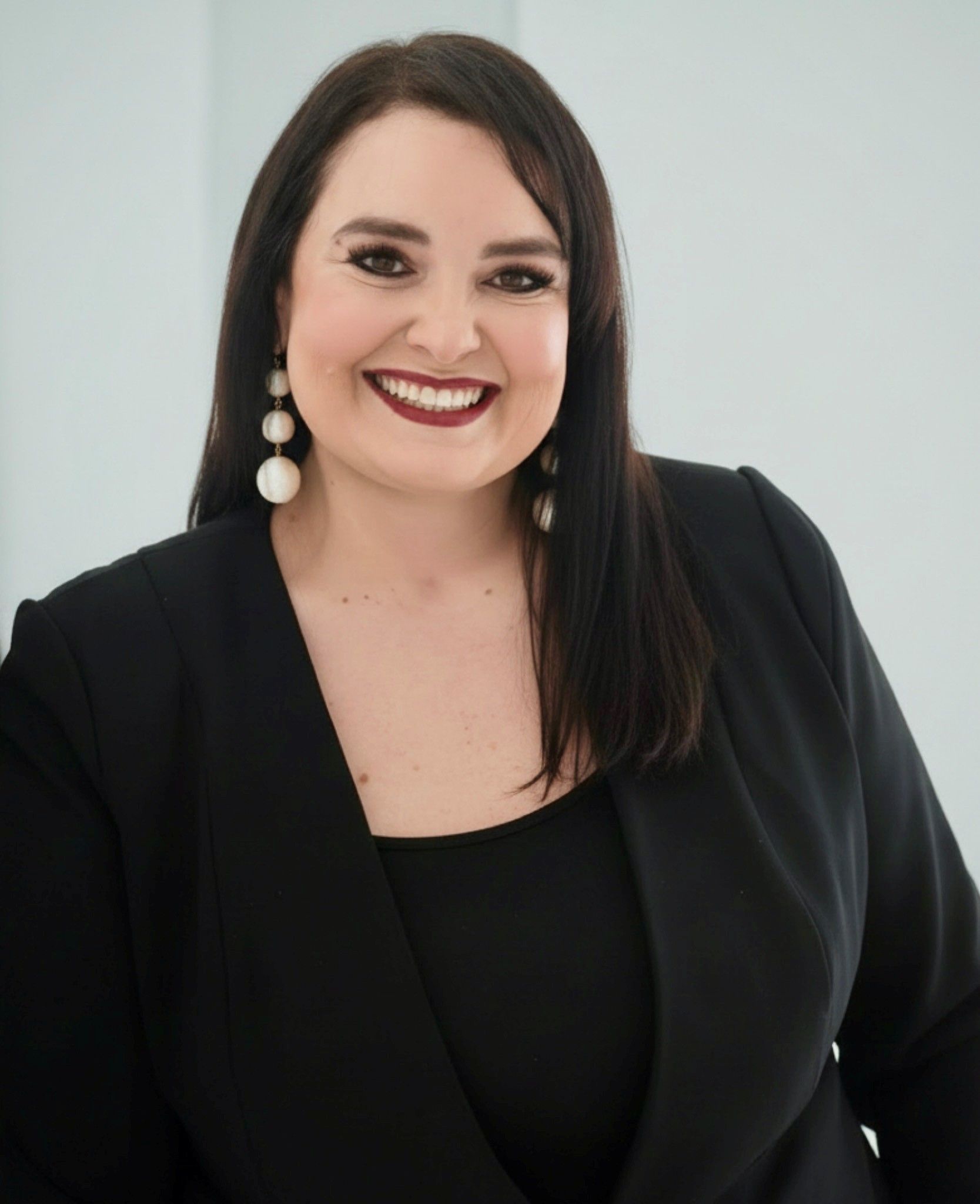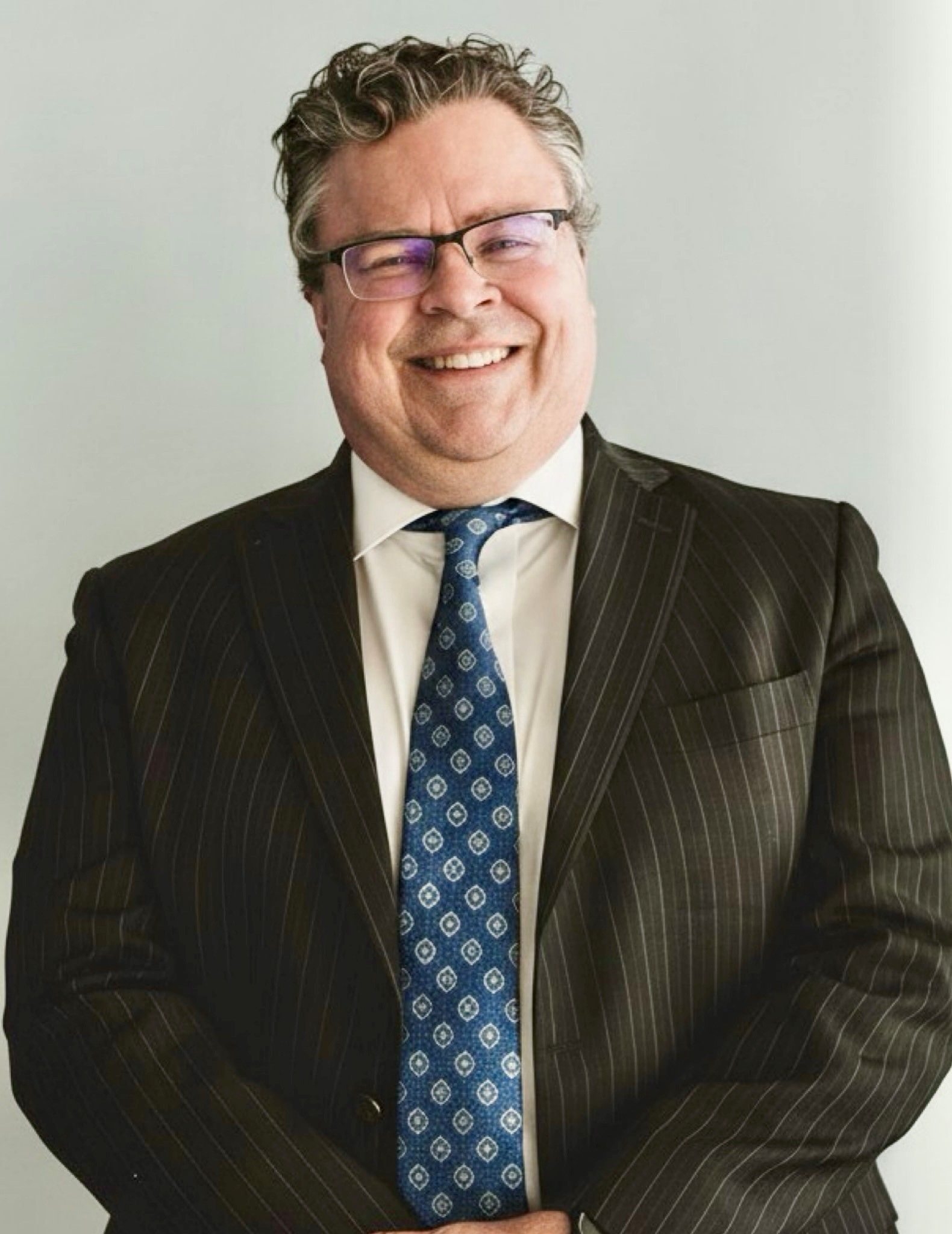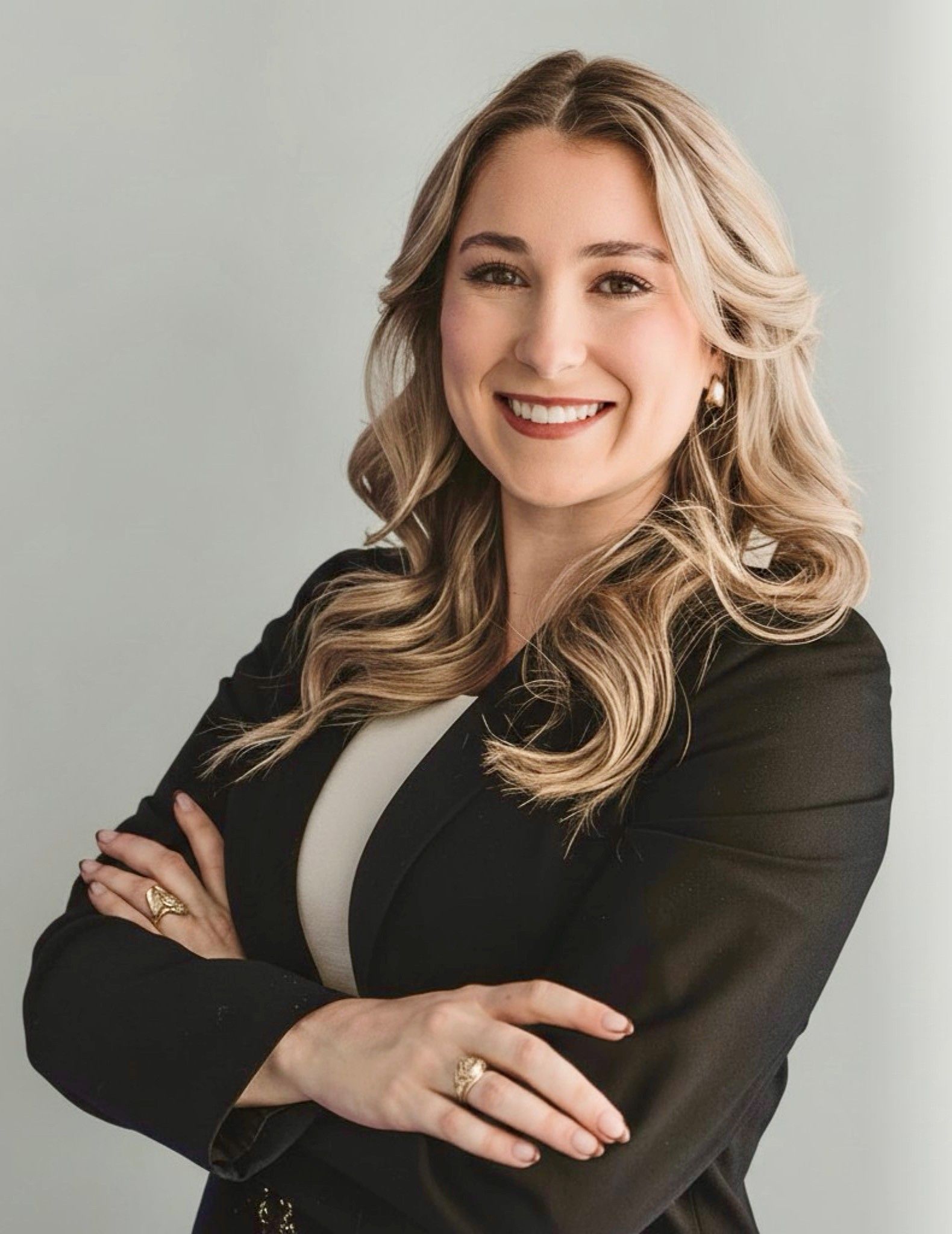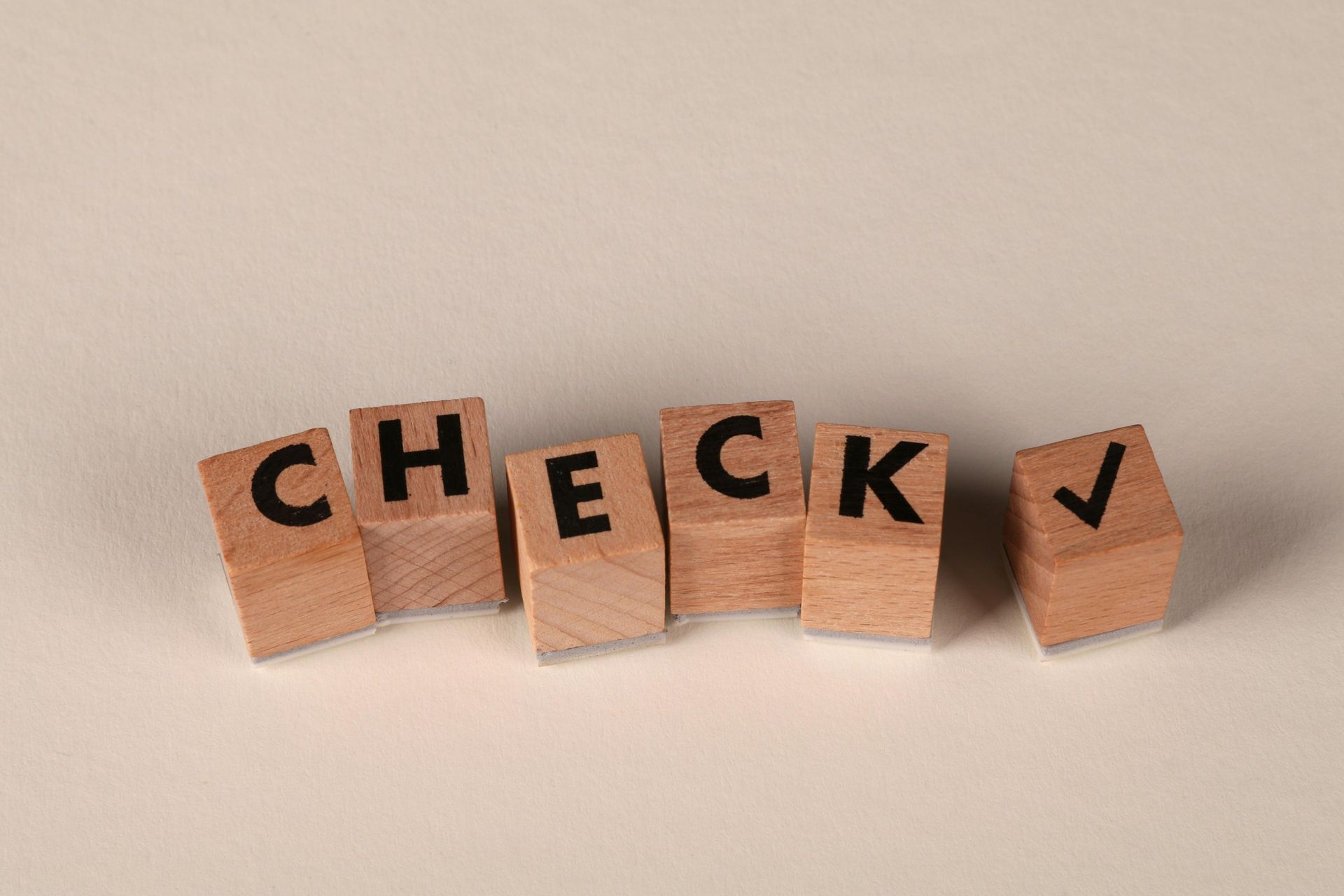Is It Possible to Revive an Abandoned Trademark Application?
ATTORNEYS IN DALLAS
How to revive a trademark application after unintentional abandonment, including the requirements, procedural considerations, and limitations.
Is It Possible to Revive an Abandoned Trademark Application?
To stay updated on this topic and review the rule changes of 2017, please refer to the firm's webpage titled "New Rules Impacting Petitions to Revive and Requests to Reinstate." In cases where a trademark applicant unintentionally fails to respond to an Office Action or a Notice of Allowance, there is a process to revive the trademark application. The applicant must file a petition to revive with the United States Patent & Trademark Office (USPTO). The petition must be filed within two months of the Notice of Abandonment or, if no notice was received, no later than six months after the USPTO's electronic record system indicates the application is abandoned. Paralegals in the Office of the Deputy Commissioner for trademark examination policy handle these petitions.
Certain procedural requirements must be met when filing a petition to revive, as outlined in 37 C.F.R. §2.66 and the Trademark Manual of Examining Procedure (TMEP) §§1714 - 1714.01(g). If there are deficiencies, the applicant will be notified and given thirty days to correct them. If the failure to reply to an Office Action is the issue, the following requirements must be met: (1) a statement, not requiring verification but signed by someone with firsthand knowledge, asserting that the delay was unintentional; (2) payment of the petition fee; and (3) submission of the response to the Office Action unless the petitioner claims not to have received it, in which case a new response period will be provided.
If the failure was to file a statement of use or request an extension, the petitioner must submit: (1) a statement, signed by someone with firsthand knowledge, asserting that the delay was unintentional; (2) the petition fee; (3) either a statement of use or an extension request; (4) a statement of use filing fee if filing it with the petition; and (5) if applicable, the fee(s) for missed extension request(s) and the current fee if filing it with the petition. It's important to note that filing a petition to revive doesn't extend the filing deadlines for future statements of use or additional extension requests, leading to potential accumulation of filing fees. For instance, a petition won't be granted if it extends the thirty-six month period to file the statement of use for an intent-to-use application.
In general, the USPTO won't challenge the assertion of unintentional delay unless there is evidence indicating otherwise. However, if an incomplete response to an Office Action is received, the unintentional delay standard doesn't apply. In such cases, the Examiner can either grant an extension for the response time if the incomplete response was inadvertent or abandon the application due to incomplete response. In the latter case, the applicant can file a petition for review with the Director, and reversal may occur if clear procedural error is present.
It's important to note that the rules governing petitions to revive abandoned trademark applications under Trademark Rule 2.66 only apply to Office Actions for pending applications, not for post-registration filings. For example, if a registrant fails to respond to an Office Action related to a Section 8 Affidavit or a Section 9 Renewal Application, a petition to revive is not available. In such cases, the registrant would need to file a petition to the Director, and the Director will only grant petitions under extraordinary circumstances.
Contact an Experienced Trademark Attorney
If you need legal advice regarding your trademark rights, assistance with trademark prosecution, or representation in a domain name dispute, contact Wilson Whitaker Rynell. Our team of trademark lawyers has extensive experience in all aspects of trademark and copyright law, including the filing of trademark applications and representing clients in defense or prosecution before the Trademark Trial and Appeal Board.
- 66(a) Applications
- Abandoning a Trademark Application or Withdrawing a TTAB Proceeding
- Abandonment and Nonuse
- Abbreviations as Trademarks
- Accelerated Case Resolutions
- Acquired Secondary Trademark Meaning
- Amending Trademark Application
- Assigning a Trademark
- Assigning a Trademark and the Intent to Use Application
- Avoiding Fraud on Trademark Applications
- Avoiding Trademark Litigation
- Basis for Filing a Trademark
- Benefits of Registering a Trademark
- Bona Fide Intent to Use
- Celebrity Trademarks
- Challenging the Relatedness Factor
- Challenging Trademark Rights
- Claims in a Notice of Opposition
- Co-Existence Agreements
- Common Law Trademarks in the Internet Era
- Common Law Use and Priority
- Conflicting Marks
- Consent Agreements
- Constructive Use Priority
- Dates of Use
- Defenses in Opposition and Cancellation Proceedings
- Descriptive or Generic Trademarks
- Design Marks
- Design Trademarks
- Determining Trademark Similarities
- Discovery in TTAB Proceedings
- Dividing a Trademark Application
- Drawing Page
- Electronic Display Specimens for Trademarks
- Evidence in TTAB Proceedings
- Evidence of Acquired Distinctiveness
- Expediting Trademark Cancellation for Nonuse or Abandonment
- Extending Time to Oppose
- Factors of a Likelihood of Confusion Analysis
- False Suggestions of Connection
- Famous Trademarks and Likelihood of Confusion and Dilution
- Filing an Opposition or Cancellation Proceedings
- First Sale Doctrine
- Five Years of Use
- Foreign Trademark Rights
- Generic Trademarks
- Geographic Trademarks
- Hiring Trademark Counsel
- Immoral and Scandalous Trademarks
- Incontestability of U.S. Trademarks
- International Trademark Filings
- Joint Trademark Ownership
- Lawful Use of a Trademark in Commerce
- Likelihood of Confusion Analysis
- Likelihood of Confusion Refusal
- Merely Descriptive Trademarks
- Multiple Bases for a Trademark Application
- Overcoming and Ornamentation Trademark Refusal
- Personal Name Trademarks
- Principal and Supplemental Registers
- Protecting Single Creative Works
- Recording Trademark Assignments
- Refusal of a Trademark
- Refusing a Trade Dress Application
- Registering a Certification Trademark
- Registering a Service Mark
- Registering a Trademark That Lacks Inherent Distinctiveness
- Registering an International Trademark
- Relatedness of Goods or Services
- Request for Reconsideration in Trademark Office Action
- Requirements for International Trademark Application
- Revive an Abandoned Trademark Application
- Secondary Meaning
- Source Confusion
- Special Trademark Applications
- Standard Character and Special Format Marks
- Standing in Opposition and Cancellation Proceedings
- State Trademark Registration
- Statement of Use Extensions
- Tacking Doctrine
- Technical Trademark Use
- The Supplemental Register
- Trade Dress
- Trade Dress Application
- Trademark Application
- Trademark Clearance Searches
- Trademark Disclaimers
- Trademark Licensing
- Trademark of Authors, Performing Artists, and Characters
- Trademark Ownership
- Trademark Protection In Texas
- Trademark Settlements
- Trademark Specimens
- Trademark Specimens
- Trademark Use by Related Company
- Trademark Use in Advertising
- Trademark Use in Commerce
- Trademarking a Distinctive Mark
- Trademarking a Hashtag
- Trademarks for Musical Artists
- TTAB Discovery Rules
- TTAB Proceedings
- U.S. Service Mark
- U.S. Trade Dress
- Understanding Trade Channels
- Unitary U.S. Trademark
- Universal Symbols as Trademarks
- Using Secondary Sources
- What is an Ex Parte Appeal?
- Where to Register a Trademark
- Who Must File a Trademark?
CLIENT MATTERS
5,000+
YEARS OF SERVICE
25+
Award Winning
Recognized in the legal industry as dedicated board-certified lawyers and Rising Stars.
Expert Team
Your project will be handled by legal experts every time. You will have the most experienced attorneys working for you.
Quality Representation











